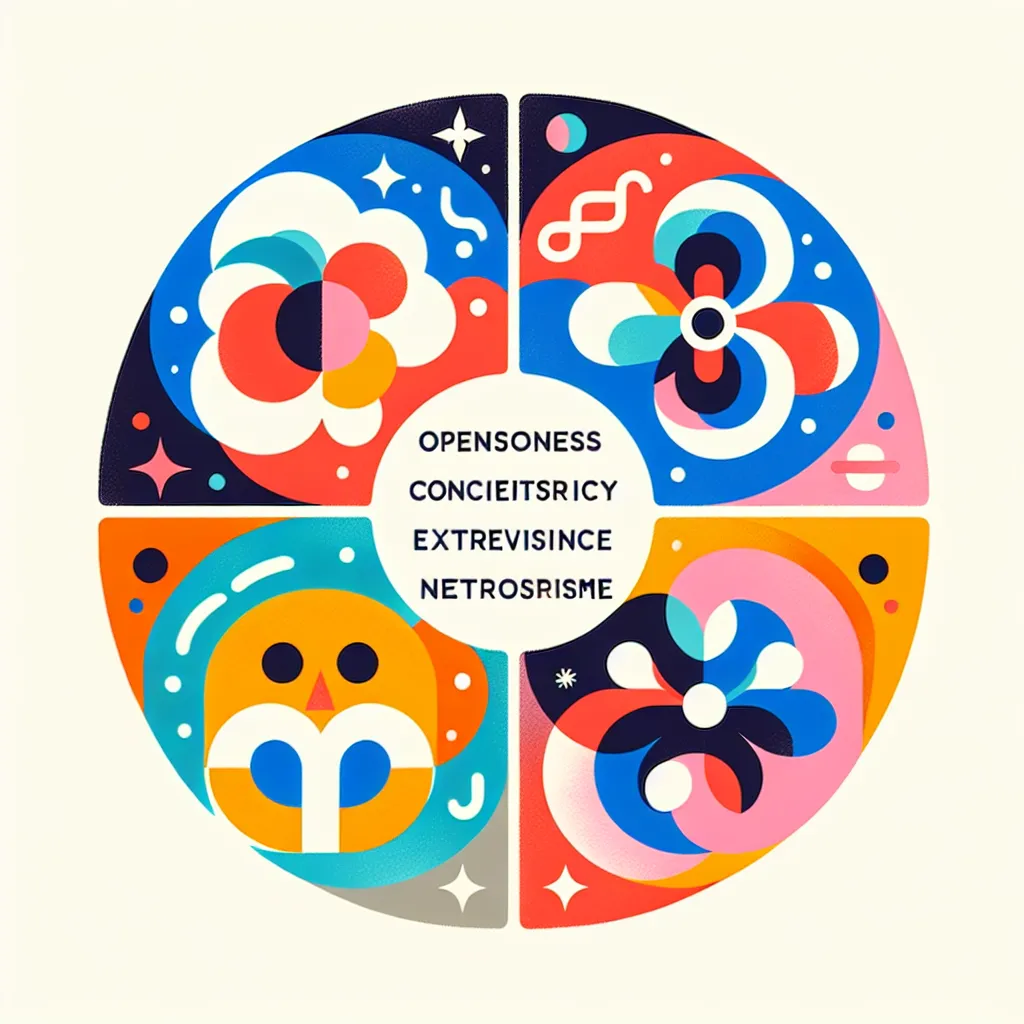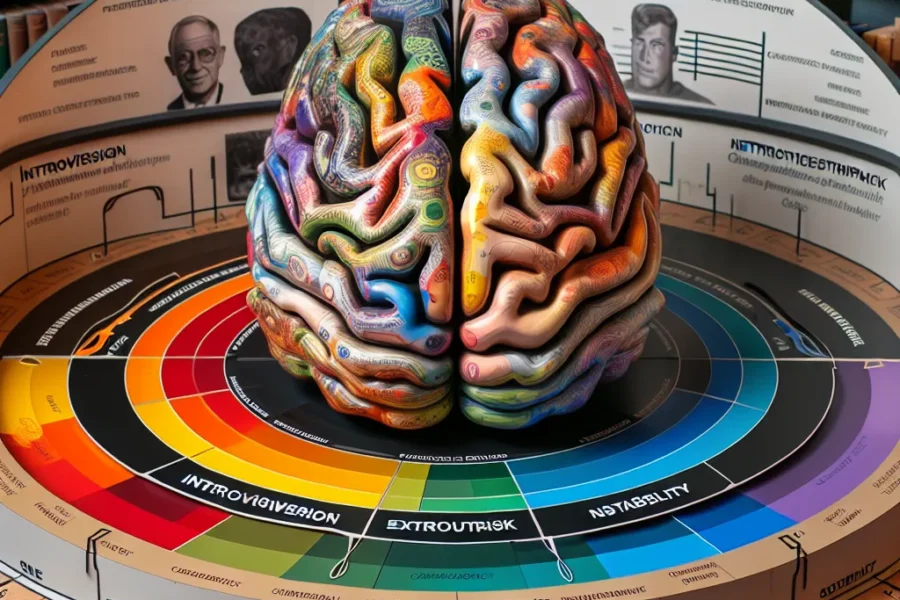Understanding personality is a complex and fascinating field of study that psychologists and researchers have been exploring for decades. Among the various theories and models that attempt to categorize and explain human personality, the Big Five personality traits model stands out as one of the most widely accepted and extensively researched frameworks. This model, also known as the Five-Factor Model, breaks down personality into five fundamental traits: Openness, Conscientiousness, Extraversion, Agreeableness, and Neuroticism, often represented by the acronym OCEAN.
Openness to Experience, the first trait in the Big Five model, reflects an individual’s level of creativity, curiosity, and preference for novelty and variety. People with high openness are typically imaginative, open to new experiences, and have a broad range of interests. They are more likely to engage in creative activities and enjoy exploring new ideas, concepts, and cultures. In contrast, individuals with low openness may prefer routine, have more conventional interests, and be more resistant to change.
Conscientiousness describes how organized, dependable, and disciplined a person is. Highly conscientious individuals tend to be very reliable, hardworking, and meticulous. They often set high standards for themselves, follow through on commitments, and are excellent at managing their time and priorities. Those with lower levels of conscientiousness may struggle with staying organized, procrastinate more, and may find it challenging to maintain a structured routine.
Extraversion, or extroversion as it’s sometimes spelled, is characterized by sociability, assertiveness, and a tendency to seek stimulation in the company of others. Extroverts are generally energetic, talkative, and thrive on social interaction. They find it easy to make friends, enjoy being the center of attention, and often feel invigorated by social gatherings. On the flip side, introverts, who score lower on extraversion, may need more time alone to recharge, prefer quiet environments, and often enjoy more in-depth conversations with a smaller circle of friends.
Agreeableness concerns a person’s tendency to be compassionate, cooperative, and friendly. Individuals with high agreeableness are typically seen as kind, trusting, and altruistic. They value getting along with others and are more likely to be concerned with others’ welfare, making them excellent team players. Those with lower agreeableness might be more competitive, skeptical of others’ intentions, and more straightforward or aggressive in their interactions.
Neuroticism measures emotional stability and the degree to which emotions are experienced in a negative way. A person with high levels of neuroticism may experience mood swings, anxiety, irritability, and have a greater propensity to experience negative emotions like anger, worry, or sadness. Those with low neuroticism, on the other hand, are typically more emotionally stable and resilient, and are less likely to be affected by stress or negative emotional states.
Understanding these traits and how they interact with each other is not only essential for psychologists but can also be beneficial in everyday life. By identifying our own Big Five traits, we can gain insight into our behavior patterns, preferences, and motivations. This self-awareness can lead to personal growth, improved mental health, and stronger relationships, as we better understand our interactions with others and can adapt our communication and behavior accordingly.
In the workplace, the Big Five personality traits can be used to optimize team performance, enhance leadership qualities, and improve job satisfaction. For instance, a person high in conscientiousness might excel in roles that require attention to detail and organization. In contrast, someone high in extraversion may be better suited for positions that involve a lot of teamwork and social interaction.
The Big Five traits can also be influential in education, as understanding a student’s personality can help teachers tailor their teaching methods to suit various learning styles. Openness to experience might correlate with a preference for exploratory and discovery-based learning, while conscientious students might benefit from structured and clear guidelines.
In relationships, whether romantic, familial, or platonic, knowing the Big Five traits can help us appreciate and respect the differences in others’ personalities. For example, being aware that a partner has a high degree of neuroticism can facilitate better support during times of stress, while understanding one’s own level of agreeableness can lead to more effective conflict resolution strategies.
Although the Big Five model is a useful tool in psychology, it is important to remember that personality is incredibly complex and cannot be fully captured by any single model. Other factors like cultural background, life experiences, and individual differences play significant roles in shaping a person’s personality. Also, while the Big Five traits are relatively stable over time, they are not entirely fixed and can change in response to life events or through conscious self-development efforts.
In the endeavor to understand personality through the Big Five, it’s crucial to approach the subject with an open mind and to appreciate the rich tapestry of human diversity. Whether one is a professional in the field of psychology, someone looking to improve their personal life, or an employer looking to foster a harmonious workplace, the Big Five model provides a solid framework that can help decode the complexities of human behavior and personality.
Online resources and assessments available can help individuals and professionals delve deeper into the Big Five traits. Such tools can provide valuable insights and serve as a foundation for discussions and personal development plans. However, it’s always recommended to combine self-assessments with professional guidance to ensure a comprehensive understanding of one’s personality.
In conclusion, the Big Five personality traits model offers a compelling blueprint for exploring the contours of human nature. By analyzing personality through the lenses of Openness, Conscientiousness, Extraversion, Agreeableness, and Neuroticism, we gain clearer insights into ourselves and how we relate to the world around us. This understanding can lead to improved well-being, more fulfilling relationships, and a greater sense of personal empowerment. Although simple in its structure, the Big Five model is a powerful tool for navigating the complex landscape of human personality.



Leave a Comment